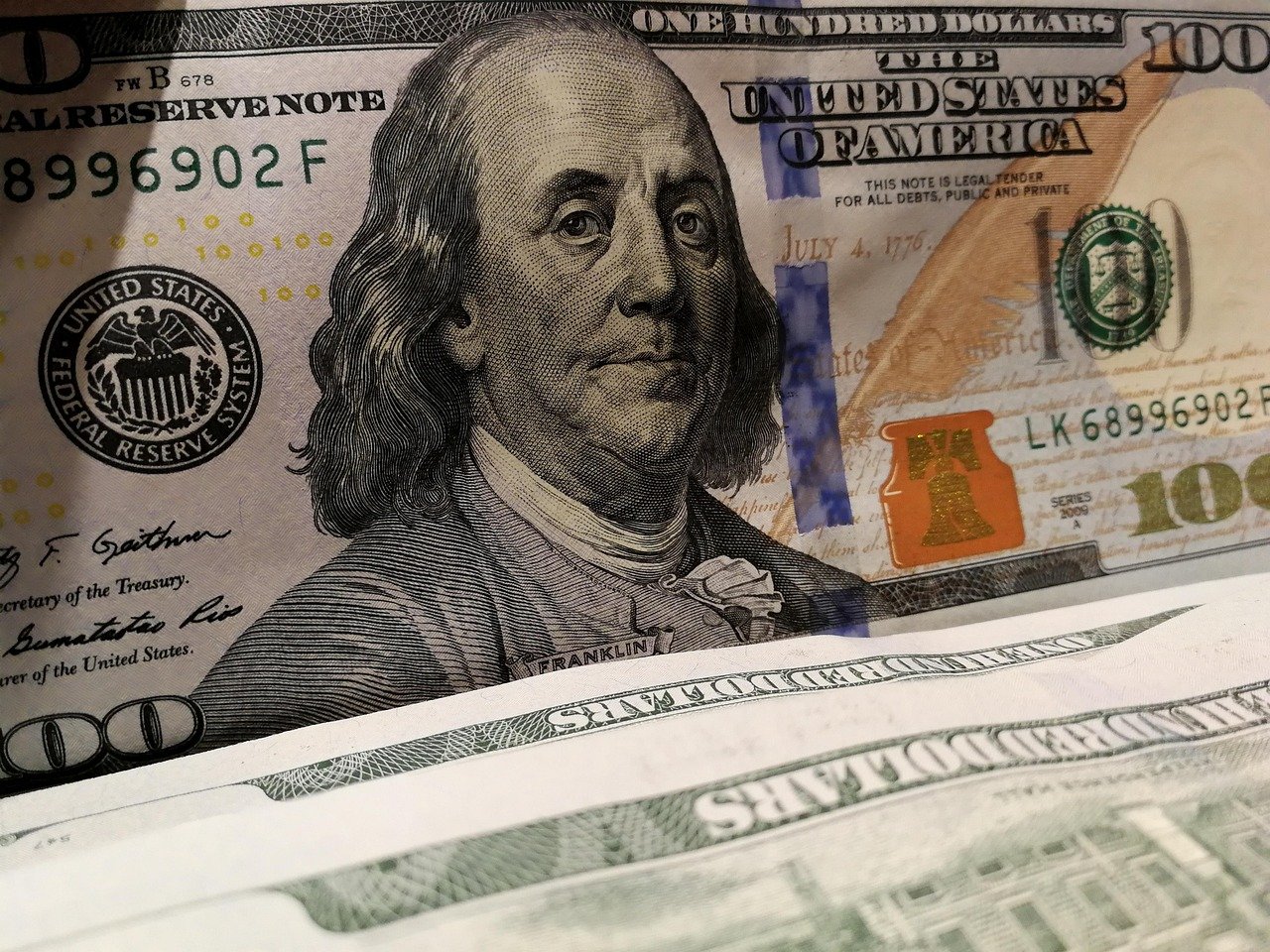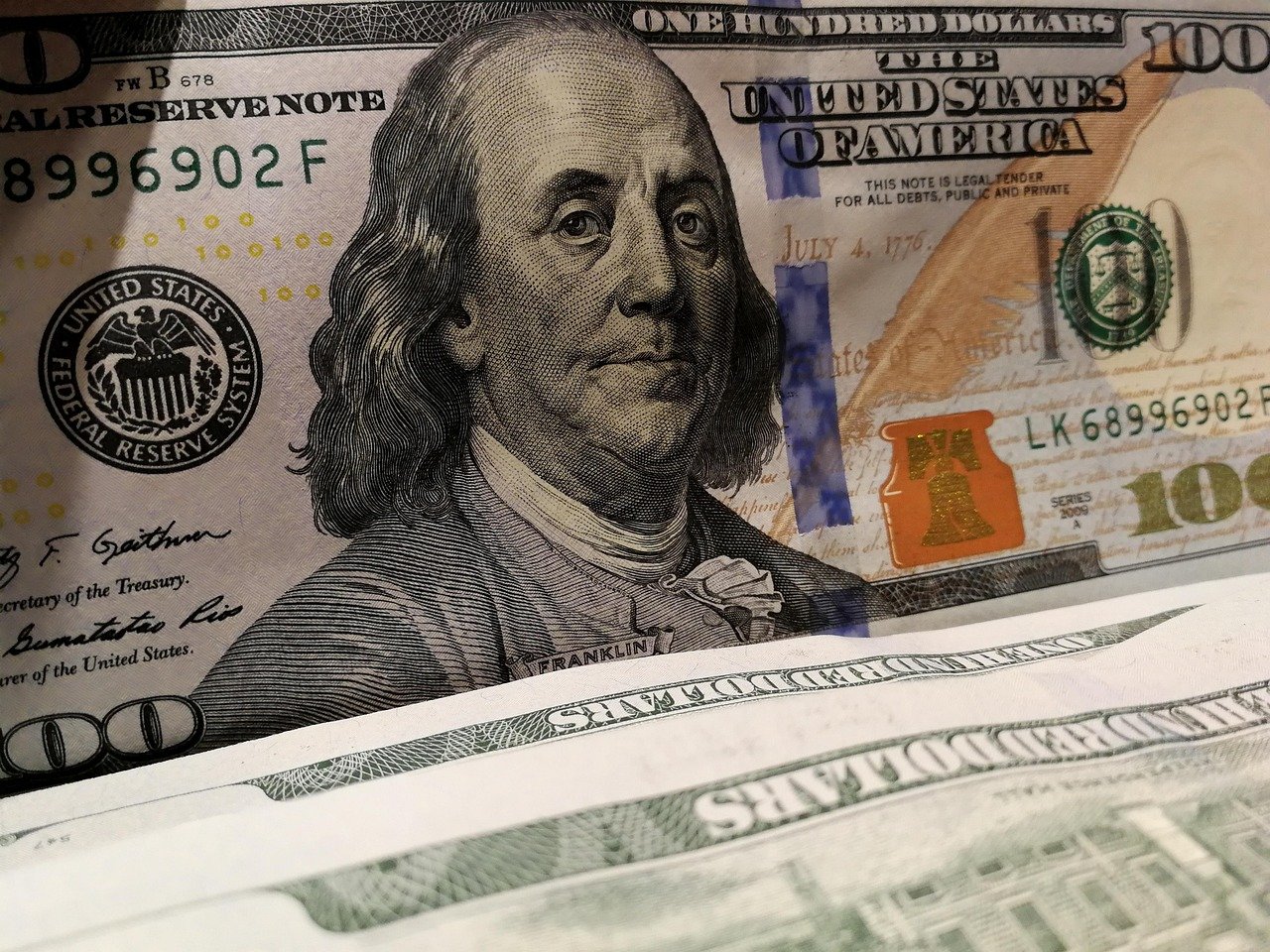Have you ever wondered what could be the worst investments during inflation? Navigating the financial landscape during inflationary times can be challenging, but understanding which investments might not work in your favor is crucial. This article dives into inflation’s intricate world, focusing on investments that may not stand the test of rising prices and how you can better position yourself during such periods.

This image is property of pixabay.com.
Understanding Inflation
Before analyzing the investments, it’s important to grasp what inflation truly is. Inflation represents the rate at which the general level of prices for goods and services rises, decreasing purchasing power. While a moderate inflation rate is normal in a healthy economy, steep inflation can wreak havoc on financial plans, eroding your money’s value over time.
How Inflation Affects Investments
During inflationary periods, the purchasing power of your money decreases, which means that the same amount of money now buys less than it did before. This affects your investments, as the real return (accounting for inflation) can be significantly reduced. It’s critical to consider inflation when planning your investment strategy, as some asset classes react negatively to rising prices.
Worst Investments During Inflation
While certain investments may flourish in inflationary environments, others tend to struggle. Identifying these less favorable investments can help you avoid potential pitfalls.
Fixed-Income Securities
Fixed-income securities, such as bonds, are often considered stable investments, but they can lose value during inflation. When inflation rises, interest rates tend to follow suit. As new bonds are issued with higher yields, existing bonds with lower yields become less attractive. As a result, bond prices fall, leading to capital losses for bondholders.
| Type of Investment | Inflation Risk |
|---|---|
| Bonds | High |
| Fixed Annuities | High |
When considering fixed-income investments, be cautious of long-term bonds, as they are more susceptible to interest rate fluctuations compared to shorter-term bonds.
Cash and Cash Equivalents
Keeping money in cash or cash equivalents, like savings accounts or money market funds, can be detrimental during inflation. While these vehicles offer liquidity, they typically provide low returns that may not keep up with the rising inflation rate. Over time, money left in these accounts loses purchasing power.
Real Estate in Certain Markets
While real estate often serves as a hedge against inflation, this isn’t universally true for all real estate investments. Properties in areas linked heavily to specific industries that might decline during inflation can see drops in value. Additionally, commercial properties with fixed-rate leases may not benefit from inflation, as lease rates won’t increase promptly with rising prices.
Leveraged Investments
Leveraged investments, such as margin trading or leveraged ETFs, can become particularly risky during inflation. Rising interest rates increase borrowing costs, which can adversely affect your returns on leveraged positions. Further, in volatile markets with unpredictable inflation impacts, leveraged vehicles might amplify losses.
Long-Term Fixed-Rate Loans
If you’ve invested in providing long-term loans at a fixed rate, these can become less attractive during inflationary periods as the real interest earned declines. The receiver benefits from paying a lower real interest rate over time, while you earn less after accounting for inflation.
Growth Stocks
Growth stocks, characterized by high earnings growth potential, can also perform poorly during inflation. Rising interest rates cause higher discount rates, which can reduce the present value of future earnings, often leading to lower stock prices for growth stocks.
Stocks with Low Dividend Yields
Though stocks generally outperform during inflation, those with low dividend yields may not fare as well. Dividend-paying stocks often provide a cushion against inflation, but if yields are low, this cushion is insufficient. Instead, consider companies that consistently increase dividends within this context, as they might better weather inflationary storms.

This image is property of pixabay.com.
Mitigating Inflation Risks
Knowing about less favorable investments during inflation is just one step—taking action to protect your wealth is another. Here are some strategies to help you mitigate inflation risks.
Diversify Your Portfolio
Diversification is key to managing inflation risks. Consider reallocating assets to investments less susceptible to inflation, such as commodities, inflation-linked bonds, or equities from companies with hard assets or those that sell consumer staples.
Focus on Real Assets
Investing in real assets—like real estate, energy, and commodities—can be an effective hedge against inflation. These assets often retain, if not increase, their value throughout inflationary periods. Commodities, in particular, usually see price hikes, potentially boosting investment returns.
Consider Inflation-Protected Securities
Treasury Inflation-Protected Securities (TIPS) are government-backed bonds that provide inflation protection. These securities adjust according to the Consumer Price Index, helping to preserve purchasing power. TIPS can be a low-risk way to hedge against inflation, offering a potential cushion for your investments.
Review and Rebalance Regularly
To effectively combat inflation, it’s not enough to choose the right assets once; regular review and rebalancing of your portfolio are necessary. By periodically reassessing your investment allocations, you ensure they remain aligned with your inflation strategy and financial goals.
Prioritize Companies with Pricing Power
Invest in companies with strong pricing power—those able to increase prices without losing customers—since they can often maintain profitability during inflation. Consumer staple goods and healthcare sectors often fall into this category, as they provide essential services and products despite economic conditions.

This image is property of pixabay.com.
Understanding the Economic Environment
Understanding the broader economic context can also aid in your inflation strategy, as various scenarios can influence how inflation plays out and affects your investments.
The Role of Central Banks
Central banks, such as the Federal Reserve, use monetary policy tools to control inflation. By adjusting interest rates and controlling money supply, they attempt to maintain inflation triggers. Monitoring central bank actions can offer insights into future inflation trends, guiding your investment decisions.
The Importance of Fiscal Policy
Government fiscal policies, including taxation and spending, play a role in inflation dynamics. Large fiscal deficits may lead to more government borrowing, which can influence interest rates and inflation. Thus, staying informed about fiscal policies is essential for strategic investment planning.

This image is property of pixabay.com.
Conclusion
Navigating inflationary times requires understanding which investments might be detrimental to your financial health and identifying strategies to mitigate risks effectively. By recognizing the less favorable investments during high inflation and adopting strategies like diversification, investing in real assets, and keeping a pulse on economic policies, you’re better positioned to safeguard your finances. Remember, staying informed and responsive to economic changes is key to managing your investments during inflation successfully.

This image is property of pixabay.com.
